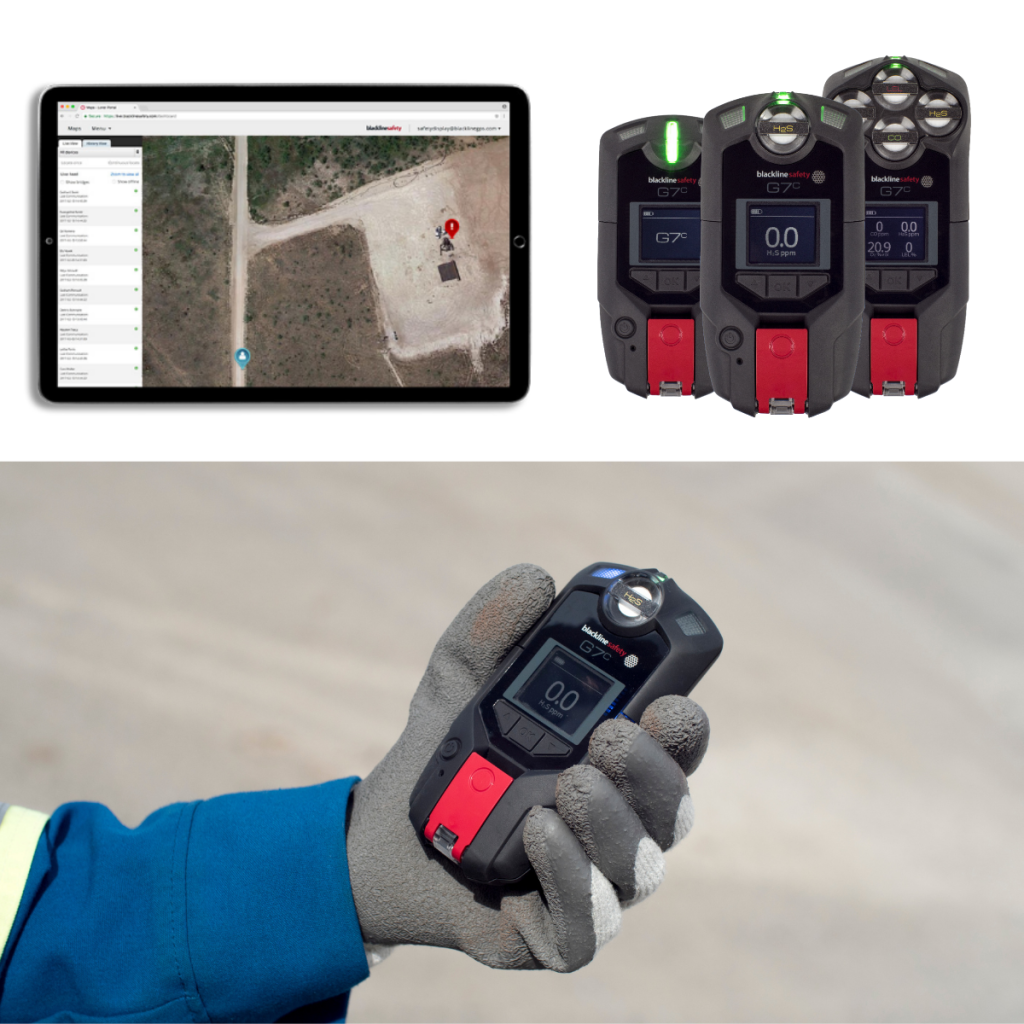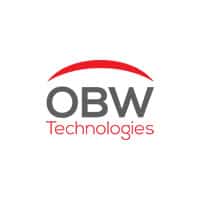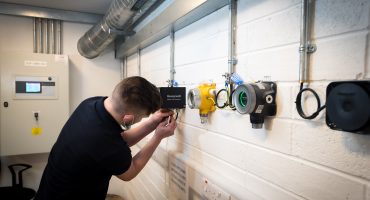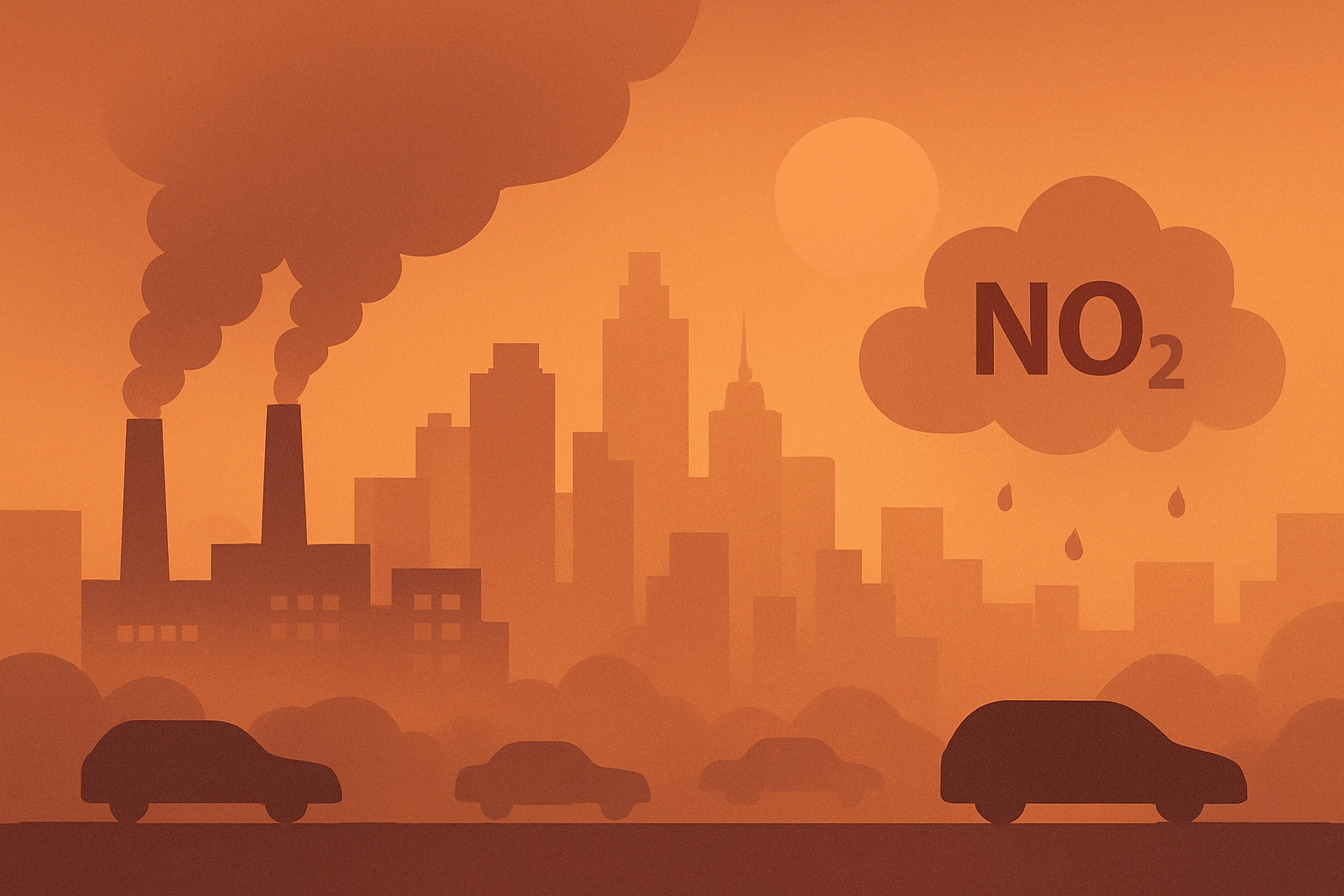LO (International Labour Organisation) reports that every day, 6,300 people die from occupational accidents or work-related diseases and “317 million accidents occur on the job annually; many of these resulting in extended absences from work.”
More people work alone than you may think. A Berg Insight reports states there are a whopping 53 million lone workers in Canada, the United States and Europe combined. That’s about 15% of the overall workforce.
A Lone Worker is ‘personnel working out of sight and sound of co-workers’ – these individuals are those who are particularly vulnerable to injury, a health event, process failure and even a security breach. Without real-time awareness that an incident has occurred, businesses will fail to manage the fastest emergency response possible.
Working alone is inherently dangerous, then layer on additional risks like hazardous gas exposure, health incidents, wildlife encounters, extreme weather, vehicle accidents, trips and falls, and the threats multiply.
G7 Lone Worker monitors give you the chance to control time when a worker is in distress, delivering complete incident detection and emergency response services to ensure the wellbeing of your most vulnerable team members is always accounted for.
It means that, should the worst case occur, you have the support and resources you need to deliver your team members to safety. No one gets left behind.
1. LIVE MONITORING WITH GPS LOCATION
Live safety monitoring and GPS location tracking enables rescue teams pinpoint the location of a remote worker, saving lives with a faster response — with no search teams required. Personal monitoring devices like the G7 Series from Blackline ensure that a remote worker’s location-and the hazards present — are always known, making it possible to quickly locate a worker in distress and respond instantly.
2. 3G/4G CONNECTIVITY
This cellular connectivity enables real-time monitoring of a remote worker’s safety and is a must for workers that frequently visit locations with no Wi-Fi or poor connectivity. This eliminates the need for setting up complicated and expensive Wi-Fi systems. G7 lone worker monitors deliver reliable coverage in over 100 countries around the world, even in the most remote locations. From falls and no-motion event to missed check-ins, G7 ensures no incident goes unnoticed.
3. RAPID COMMUNICATION CAPABILITIES
A connected safety solution for lone workers should include quick and accessible communications via push-to-talk (PTT) and text message to enable a faster response from prepared teams when a worker is identified as at risk. PTT is an optional service for Blackline’s G7 safety wearables and portable area monitors that allows teams to stay connected with each other whether it’s between two colleagues, through a group channel or to all connected devices.
4. FALL DETECTION
Another indicator a worker may be in trouble is when the person falls or stops moving for a period of time. Personal safety monitoring devices should feature person down and fall detection alarms that are visible to anyone with access to the monitoring dashboard. For example, all G7 devices detect a person-down event when an employee is motionless and sense if a worker trips, slips or falls, then triggers an alarm. These alarms automatically alert live monitoring personnel that the worker is down, and the data from their monitoring devices gives them the information they need to rapidly diagnose the situation and dispatch emergency services, if required.
5. GAS DETECTION
But what if a worker is incapacitated from hazardous gas exposure and unable to let someone know there’s a problem? That’s where gas detection is critical. Real-time monitoring alerts let safety monitoring personnel know if a worker has been exposed to a combustible or hazardous gas, what kind and at what concentration. Furthermore, if a remote worker appears to be in danger, the ability to remotely access their gas readings is invaluable, providing rescuers with improved visibility into the situation and helping them plan the emergency response accordingly. This advanced knowledge protects the rescuers from potential harm and allows them to respond more effectively. Supporting software such as Blackline Live gives you real-time confirmation of a worker’s safety but the included reporting suite of Blackline Analytics empowers leaders to make proactive and informed decisions to ensure next level safety.

From the Blog



If you have any questions about our products or services, please feel free to contact us.

Join our mailing list to receive the latest news and updates from our team.